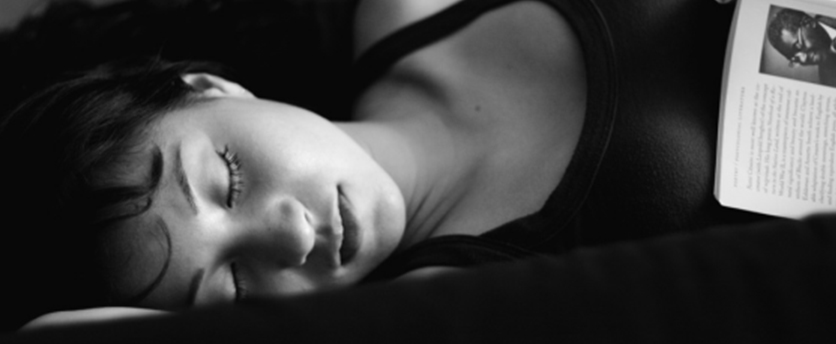
Obstructive Sleep Apnea (OSA) is the most common form of the issue, and it is definitely one of the most troublesome. Because it is a physical issue, it can be very difficult for an individual to determine whether or not they are actually suffering from it, and with that being the case, it should be no surprise that scientists and doctors are attempting more unconventional methods. Let’s talk about the Magnap for a moment. This is exactly what it sounds like: a magnet to stop sleep apnea.
Okay, seriously, can that even work? Well, the concept is actually pretty solid. Essentially, when air passages begin to relax at night due to the OSA, and this causes either snoring or abrupt awakening – either one. The idea is to place a magnet beneath the patient’s skin, securing it to the bone with stitches, but this is only a small part of the equation.
The Other Part of the Equation
The second part of the Magnap equation is the collar which attracts the other magnet and holds the throat open at night, ensuring that the airway remains clear. As of right now, the only real side effect caused by the magnet has been difficult swallowing or soreness. The one thing that concerns many doctors is the presence of the magnet in the throat which would make it impossible for the patient to be placed in an MRI, and this could be problematic if they are rendered unconscious and unable to communicate. Generally, the patient would wear a special tag which would warn physicians against performing such actions, but it all comes down to the patient’s willingness and ability to use that tag.
Day to Day Life
The magnet is only activated at night, meaning it will not cause any problems during the day, other than the soreness mentioned in the previous paragraph. While the idea might seem to be a little ‘out there’, it should be noted that it can cause relief from the noisy CPAP masks and may improve the quality of life in patients significantly. The device can be implanted surgically, and the patient receiving the procedure would be considered an outpatient. In other words, you could have it implanted and find yourself returning to your normal life within a few hours of the surgery.
As of right now, the device has not undergone any clinical trials, but it is an interesting step forward and definitely an interesting direction to take. If you have been following the sleep apnea epidemic at all, then you know that there has been little to no progress in developing a pharmaceutical solution, other than a few trials of an exotic root. Generally, sleep apnea is treated with a CPAP device while minor cases can be treated with surgery – which isn’t a viable option for everyone, and you don’t need us to tell you that. That being said, a solution like this one could impact lives significantly, but only if it works well. So here’s the question: what direction is this going to take? Will it work? Will it develop any unforeseen side effects? Only time can tell, obviously, but there is little doubt that more and more doctors will want to start looking into this alternative treatment. It makes sense, of course, because it is a physical solution
So here’s the question: what direction is this going to take? Will it work? Will it develop any unforeseen side effects? Only time can tell, obviously, but there is little doubt that more and more doctors will want to start looking into this alternative treatment. It makes sense, of course, because it is a physical solution for a physical problem; obstructive sleep apnea, as opposed to central sleep apnea is caused by the collapse of the airway, meaning it IS a problem that can be solved. We just need to work a bit harder at it.
VirtuOx is the leader in home sleep tests and pulse oximetry.
Click the link below to get more information plus to receive a FREE Report…